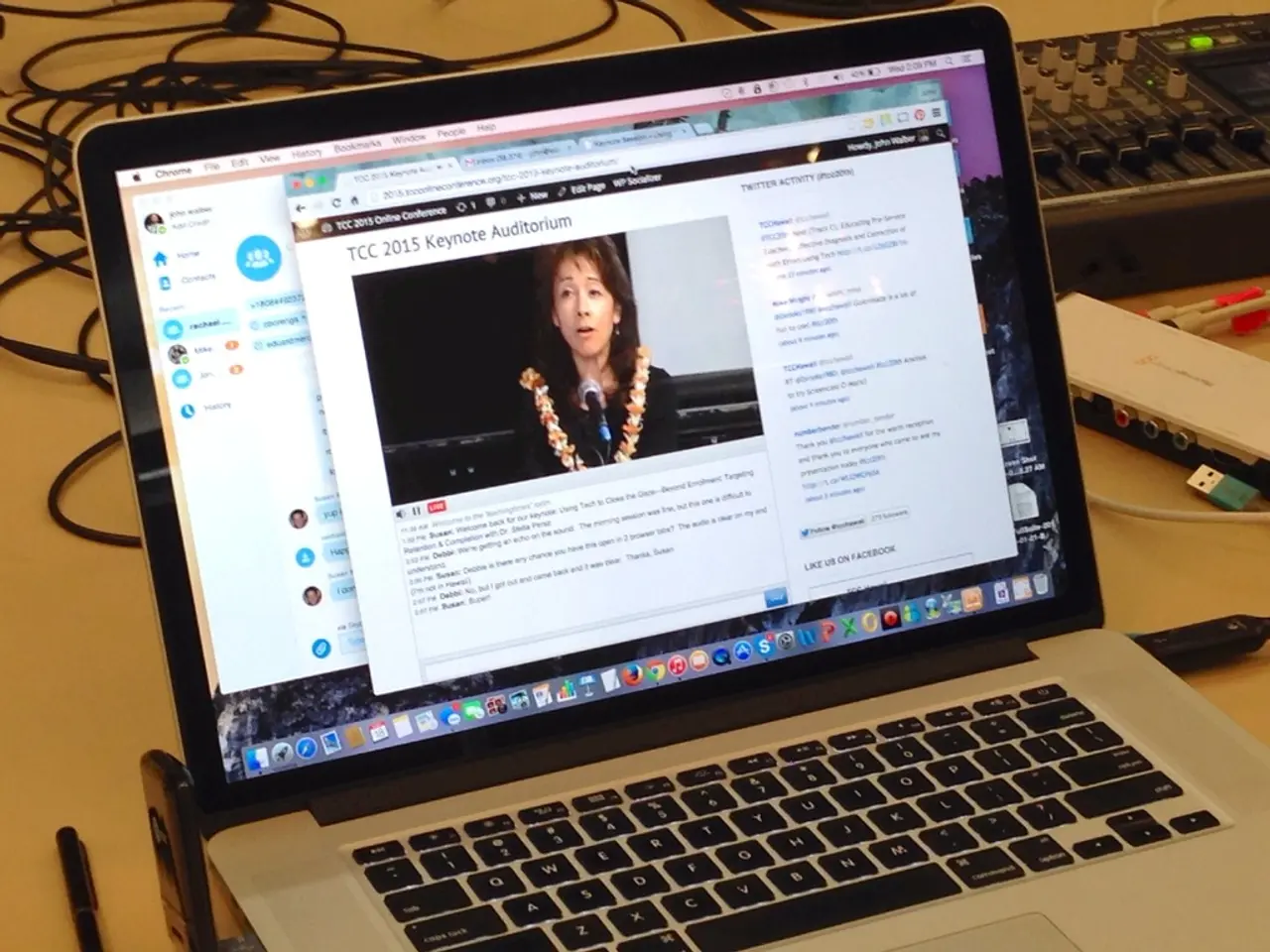Intel to Reduce workforce by 24,000 employees in 2025; Pulling out of numerous ventures, including those in Germany, Poland, and beyond.
In a significant shift, Intel, the tech giant known for its dominance in PC chip technology from the 1980s to the early 2000s, is embarking on a comprehensive restructuring under its new CEO, Lip-Bu Tan. The aim is to streamline operations, reduce costs, and position Intel to compete more effectively with rivals like Nvidia and AMD.
Workforce Reduction and Operational Consolidation
As part of these plans, Intel is set to reduce its global workforce by approximately 25,000 jobs, bringing the employee count down to about 75,000 by the end of 2025. This represents a reduction of roughly 15% of its core workforce, down from 108,900 employees at the end of 2024.
The reduction is being achieved through a combination of layoffs, attrition, and operational consolidation. Intel is consolidating its testing and assembly operations from Costa Rica into facilities in Vietnam and Malaysia. The company is also abandoning planned new fabrication plants in Germany and Poland, potentially affecting thousands of jobs.
Cost-cutting Measures
Intel aims to reduce non-GAAP operating expenses to $17 billion for 2025 and further down to $16 billion by the end of 2026. This is part of the company's efforts to achieve greater financial discipline and efficiency.
Return to Office and Cultural Shift
Tan has mandated a return-to-office policy starting September 2025, emphasizing organizational accountability and streamlining culture toward greater efficiency.
Strategic Focus
Intel plans to focus on strengthening its core product portfolio, particularly in AI-related segments. The company intends to become more responsive to customer needs with economically justified investments rather than "blank checks."
Financial Outlook
Despite the restructuring charges weighing on earnings, Intel’s leadership expresses confidence that these actions will enhance competitive positioning, improve profitability, and create shareholder value over the long term.
Recent Developments
It's worth noting that Intel has been downsizing its workforce frequently over the last few years. Last month, Intel announced it would be laying off thousands of US workers to focus on AI restructuring. However, more layoffs and project cancellations could still be announced if the current plans aren't enough.
Intel's upcoming processors, including the Panther Lake chips and the Nova Lake chips, are expected to launch in the near future. Despite the challenges, Intel isn't completely closing down its Costa Rica factories, so at least thousands of employees are expected to remain employed there.
In response to Intel's CEO Pat Gelsinger's comments, TSMC terminated a lucrative agreement that provided a 40% discount on 3-nanometer wafers, increasing Intel's production costs. Intel's Intel Core Ultra Series 1 AI chips performed notably below the competition in 2024.
In the past, Intel failed to invest in mobile processors and AI technologies compared to Apple, AMD, NVIDIA, and Qualcomm starting from the 2000s. Mobile chips and AI processors now make up a large portion of the chip market, and Intel has been struggling to catch up with its competitors.
In 2023, Intel reported $7 billion in operating losses, on top of the $5.2 billion lost in 2022. More PCs are opting to use AMD chips over Intel processors this year, marking a shift from past practices. Intel's former CEO Pat Gelsinger stated that Taiwan is not a stable place, offending chip manufacturer TSMC.
In conclusion, Intel is well underway with a significant workforce reduction and operational consolidation aimed at cutting costs and streamlining operations. Future plans focus on disciplined investments, stronger core product execution, a shift away from unprofitable expansions, and cultural adjustments under new leadership to drive efficiency and competitiveness by the end of 2025 and beyond.
- Intel, aiming to compete more effectively with rivals like Nvidia and AMD, is planning to reduce its global workforce by approximately 25,000 jobs, with the aim of having around 75,000 employees by the end of 2025.
- As part of cost-cutting measures, Intel aims to reduce non-GAAP operating expenses to $17 billion for 2025 and further down to $16 billion by the end of 2026.
- Intel's new CEO, Lip-Bu Tan, has mandated a return-to-office policy starting September 2025, emphasizing organizational accountability and streamlining culture toward greater efficiency.
- Intel plans to focus on strengthening its core product portfolio, particularly in AI-related segments, intending to become more responsive to customer needs with economically justified investments rather than "blank checks."
- Despite the challenges Intel is facing and the restructuring charges expected to impact earnings, the company's leadership expresses confidence that these actions will enhance competitive positioning, improve profitability, and create shareholder value over the long term.




